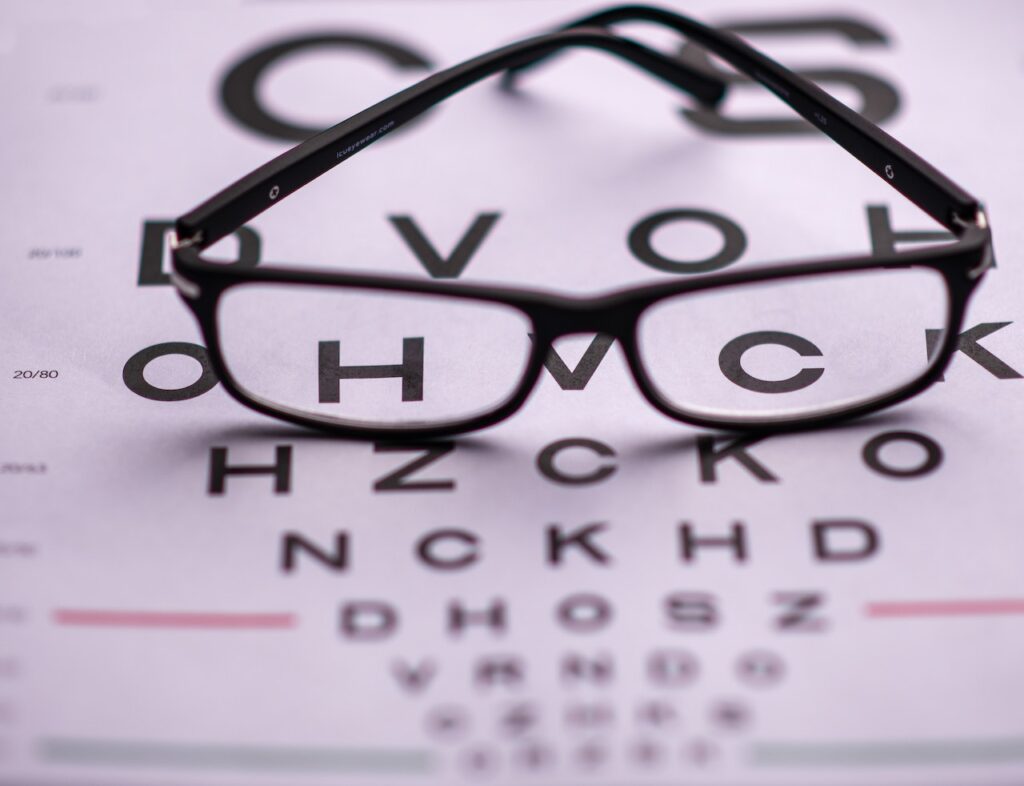
ADHD and convergence insufficiency are two distinct conditions that can impact an individual’s visual and cognitive functioning. While they are separate diagnoses, research suggests that there is a notable overlap between the two.
The precise rate of Convergence Insufficiency among individuals with ADHD is not known. However, research suggests that the prevalence may range anywhere from 15.9% to 41.9% or higher. Among the general population, the prevalence of Convergence Insufficiency among school-age children is between 2% and 13%,with somewhat higher rates for those over 19 years of age.
Understanding Convergence Insufficiency
Convergence insufficiency is a vision disorder characterized by difficulties in coordinating the eyes when focusing on nearby objects. Individuals with convergence insufficiency may experience symptoms such as:
- Eye strain
- Double vision
- Blurred vision
- Headaches
- Difficulties with sustained near work – e.g., like reading or using a computer
The underlying cause of convergence insufficiency is a misalignment or weakness in the muscles responsible for eye convergence.
Convergence Insufficiency and ADHD
Below are some of the ways that convergence insufficiency and ADHD can influence each other and the potential implications for diagnosis and treatment.
- Overlapping Symptoms and Challenges – Both ADHD and convergence insufficiency can manifest with overlapping symptoms, leading to diagnostic challenges. Inattentiveness, distractibility, and difficulties with sustained attention are common features of ADHD. Interestingly, convergence insufficiency can also contribute to attention-related issues, as the effort required to maintain proper eye alignment can be mentally draining and lead to decreased focus and concentration.
- Visual Disturbances and ADHD – Visual disturbances resulting from convergence insufficiency can exacerbate ADHD symptoms. Blurred or double vision, eye strain, and headaches caused by convergence insufficiency can impact an individual’s ability to sustain attention and maintain focus. These visual challenges can create additional cognitive load, making it harder for individuals with ADHD to concentrate on tasks, leading to increased frustration and decreased productivity.
- Impact on Academic Performance – Both convergence insufficiency and ADHD can interfere with academic performance. Difficulties with reading, comprehension, and overall academic achievement are common challenges faced by individuals with ADHD. When convergence insufficiency coexists with ADHD, these academic struggles can be further exacerbated. Difficulties tracking lines of text, maintaining focus on written materials, and experiencing visual discomfort while reading can significantly impact a student’s ability to learn and perform academically.
- Co-morbid Diagnosis – Research suggests that convergence insufficiency and ADHD can often co-occur. Studies have found a higher prevalence of convergence insufficiency among individuals diagnosed with ADHD compared to the general population. The exact nature of the relationship between the two conditions is still being explored, but it is believed that common underlying neurodevelopmental factors may contribute to the overlap.
- Comprehensive Assessment and Treatment – Recognizing the potential link between convergence insufficiency and ADHD is crucial for accurate diagnosis and effective treatment. A comprehensive assessment that includes a thorough evaluation of visual functioning, such as visual acuity, binocular vision, and eye movement abilities, can help identify convergence insufficiency in individuals with ADHD. Treatment options for convergence insufficiency may include:
- Glasses or visual aids – This can help to ensure that adults and children with visual conditions have the correct glasses or contacts for their needs. Depending on the condition, other visual aids may help, such as magnifying tools or Braille.
- Base-in prism glasses – These force the eyes to work harder to converge. They can help a person with convergence insufficiency to read. However, they can be tiring for the eyes, so people typically only use them for short periods.
- Surgery – Some refractive errors and convergence problems respond well to laser eye surgery.
- Vision therapy – This is similar to physical therapy in that it aims to retrain the eyes so that they move well together. Advocates say that it can help with eye movement, coordination, and focus.
Recognizing and addressing convergence insufficiency in individuals with ADHD is essential for comprehensive treatment planning. By addressing both visual and cognitive aspects, individuals can experience improved visual comfort, attention, and overall quality of life. Collaborative efforts between eye care professionals and ADHD specialists can provide a more holistic approach to supporting individuals who face the challenges of both convergence insufficiency and ADHD.
References
- https://www.healthline.com/health/adhd/convergence-insufficiency-adhd
- https://www.optometrists.org/vision-therapy/vision-therapy-for-children/convergence-insufficiency-2/the-link-between-adhd-and-convergence-insufficiency-prof-david-granet-ucsd/
- https://www.additudemag.com/adhd-and-vision-problems-understanding-symptoms/–
- https://www.medicalnewstoday.com/articles/adhd-and-the-eyes
- https://edgefoundation.org/seeing-a-connection-between-adhd-and-vision-problems/


